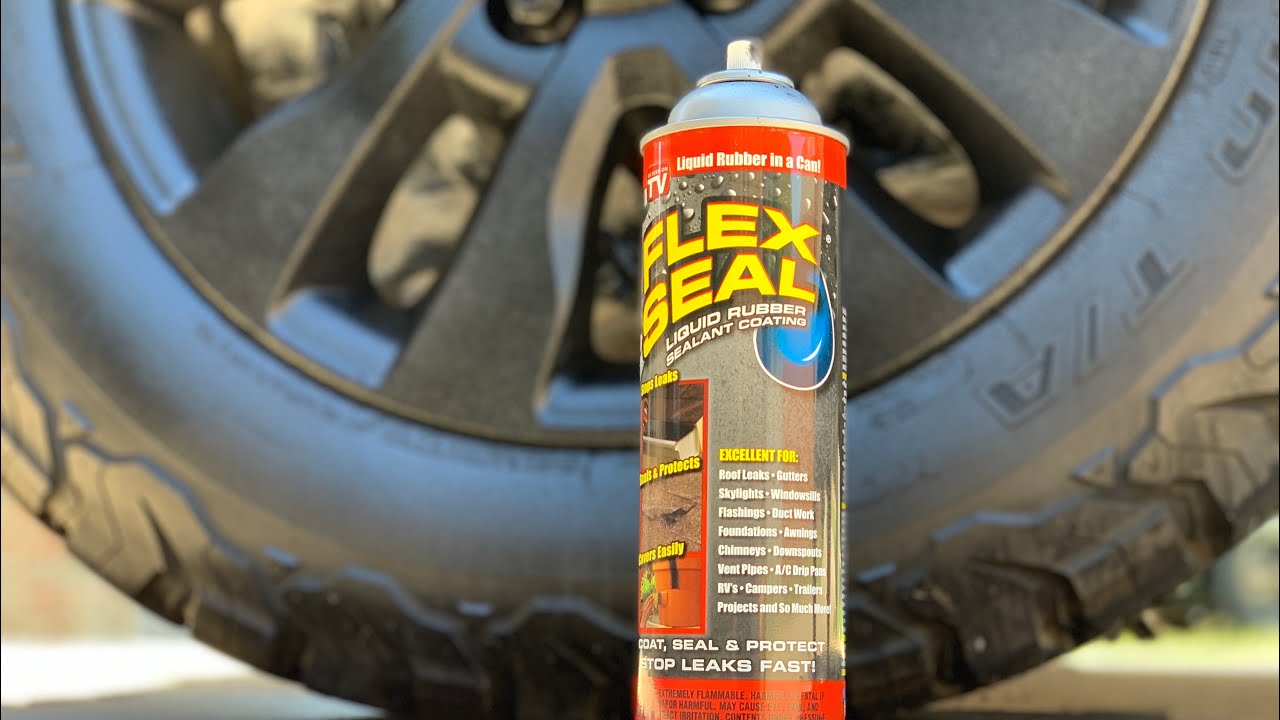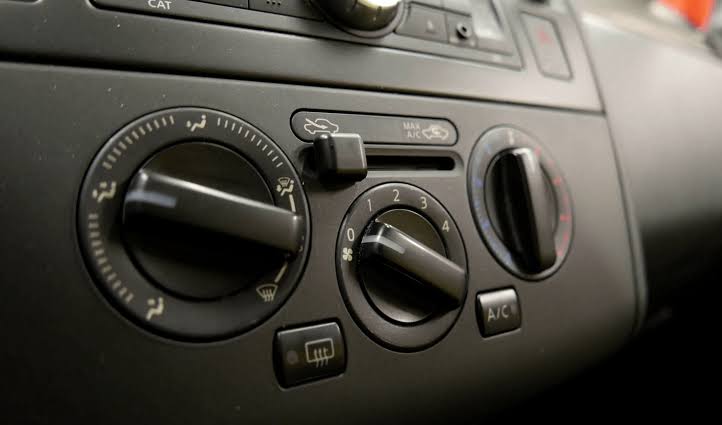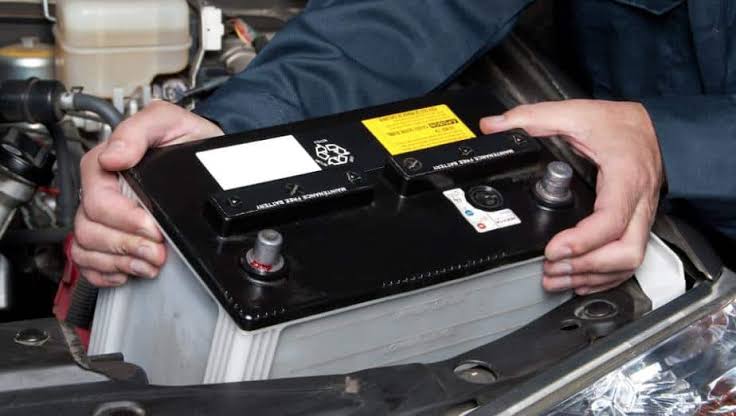Will Flex Seal Work on Tires?

Flex Seal is a well-known product for sealing leaks and cracks on a variety of surfaces, from pipes to roofs. However, when it comes to tires, using Flex Seal is not a recommended solution for a few important reasons.
How Flex Seal Works
Flex Seal is a rubberized spray that creates a flexible, waterproof coating when applied to surfaces. It is most effective for sealing non-pressurized areas, such as cracks in household items or small leaks in pipes. The product works by forming a flexible layer over the surface that keeps moisture or air from escaping.
Why Flex Seal Isn’t Ideal for Tires
- Tire Pressure and Safety:
Tires are designed to hold air under pressure, and the constant pressure changes as the vehicle moves. Flex Seal is not designed to withstand such forces, and the rubberized coating may not provide a strong enough seal under these conditions. Additionally, tires need to be able to flex and expand as they move, something Flex Seal isn’t built to support over time. - Chemical Resistance:
Tires are exposed to various environmental factors, such as heat, UV rays, oils, and road debris. Flex Seal is not formulated to handle the harsh conditions a tire faces. The product could degrade quickly when exposed to these elements, compromising its effectiveness. - Potential for Blowouts:
Using Flex Seal on a tire could potentially be dangerous. While it may temporarily seal small punctures, the product is not designed to withstand the forces and stress a tire experiences while driving. If the seal breaks or comes loose, it could result in a sudden air loss or blowout, which is a serious safety risk.
When Flex Seal Could Be Useful
Flex Seal might work as a temporary, emergency fix if you’re dealing with a very small, non-structural puncture (such as a tiny nail hole) on a tire that’s not in use, and you need to get the car to a tire repair shop. However, this is not a long-term solution and does not replace proper tire repair.
What to Do If You Have a Flat Tire
- Use a Tire Plug Kit:
Tire plug kits are specifically designed to patch small punctures in tires. These are safe, effective, and will allow you to drive safely until you can get a permanent repair. - Visit a Professional Tire Repair Shop:
If your tire is damaged, it’s best to have it professionally repaired. Tire technicians can inspect the tire for any internal damage and patch or replace it as needed. - Consider a Spare or Sealant:
In the event of a flat tire, using a spare tire or a specialized tire sealant (designed specifically for tires) can be an option. Some tire sealants are meant to temporarily seal small punctures and help you get to a repair shop.
FAQs
Q: Can Flex Seal be used to fix a tire leak?
A: Flex Seal is not recommended for fixing tire leaks. It is not designed to withstand the pressure and stress that tires experience while driving. A tire repair kit or professional service is the best solution.
Q: Can Flex Seal be used on the sidewalls of a tire?
A: No, Flex Seal is not suitable for use on tire sidewalls. Tires are exposed to various stressors, and Flex Seal may not provide the necessary durability or safety.
Q: What should I do if my tire has a slow leak?
A: A tire with a slow leak should be professionally inspected. A mechanic can determine if it can be patched or if the tire needs to be replaced.
Conclusion
While Flex Seal is a versatile product, it is not suitable for use on tires. The stresses, pressures, and environmental factors that tires face require proper repair methods, such as tire plugs, patches, or professional repairs. For safety and durability, it’s best to rely on the proper methods to fix tire issues rather than attempting a temporary seal with Flex Seal.
Also Check:





